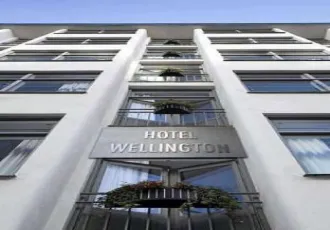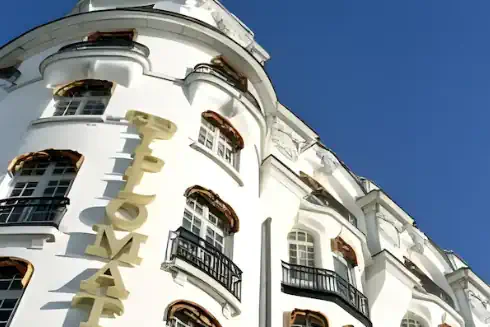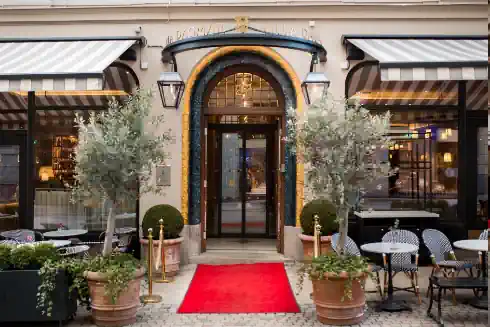Royal Coin Cabinet – Explore the evolution of currency and economic history
Located within the grounds of the Swedish History Museum, the Royal Coin Cabinet (Ekonomiska Museet – Kungliga Myntkabinettet) in Stockholm is Sweden’s national museum of economy and numismatics. Through a rich collection of coins, banknotes, medals, and artifacts, the museum explores how money shapes society—from antiquity to today’s digital transactions.




💸 A legacy of royal collecting
The museum traces its roots to 1572, when Chancellor Rasmus Ludvigsson began assembling a coin collection under King Johan III—part of a rivalry with Denmark over royal insignias. The collection expanded under King Gustav II Adolf during the Thirty Years’ War and later absorbed coins, medals, and archaeological finds into a central treasury of Swedish history.




📜 The museum’s historical journey
- 1769: Moved to the newly built Royal Palace.
- 1786: Came under the Royal Academy of Letters, History, and Antiquities.
- 1844–1845: Relocated to Ridderstolpe House, opening its first public exhibition.
- 1975: Became an independent museum under the National Heritage Board.
- 1998: Integrated into the National Historical Museums agency and officially named the Economy Museum.
🏛️ Educational and interactive exhibits
The museum’s modern exhibitions explore economic trends, financial literacy, and the role of money in shaping human behavior. Interactive displays, rare currencies, and guided tours help visitors of all ages understand complex economic topics in a clear, visual, and engaging way.
🧭 Nearby attractions
- Swedish History Museum: Located in the same complex, showcasing Sweden’s history from the Stone Age to today.
- Vasa Museum: A short ride away, home to the world-famous 17th-century warship.
- Skansen: The world’s first open-air museum and zoo featuring Swedish heritage and wildlife.
- Junibacken: A storybook experience for children, inspired by Astrid Lindgren’s beloved characters.
Whether you’re a coin collector, history lover, or curious traveler, the Royal Coin Cabinet offers a compelling look at how money shapes our world—and how Sweden helped shape the history of money.




 Economy Museum - Royal Coin Cabinet
Economy Museum - Royal Coin Cabinet Ekonomiska museet – Kungliga Myntkabinettet
Ekonomiska museet – Kungliga Myntkabinettet





